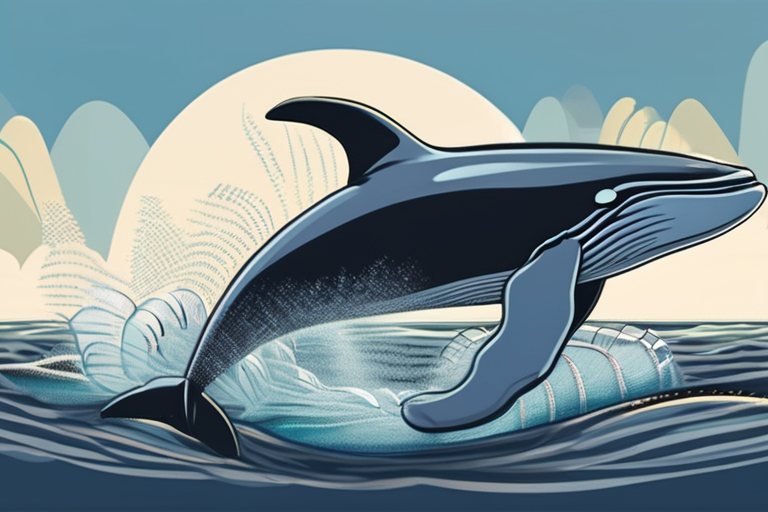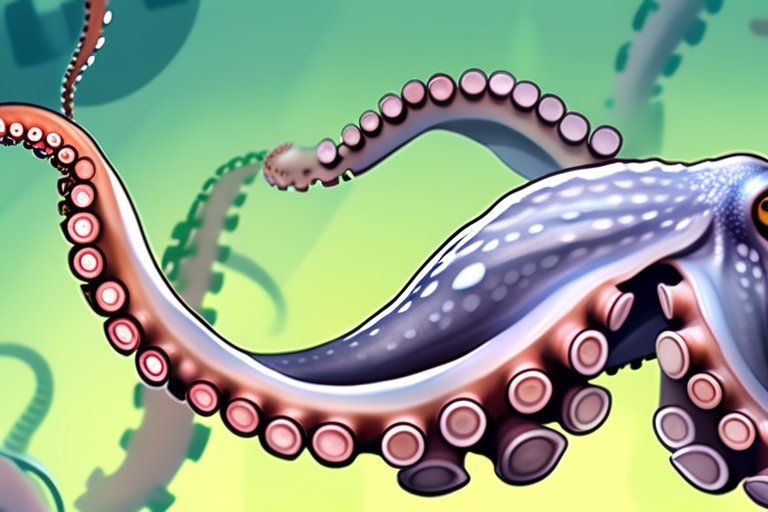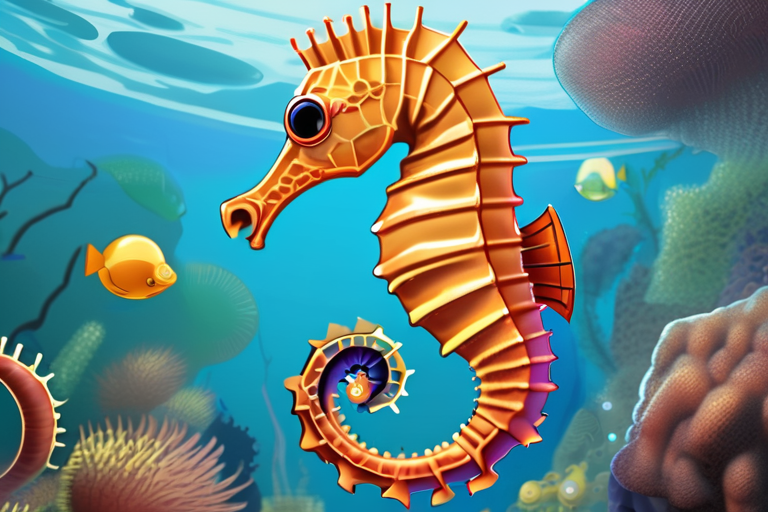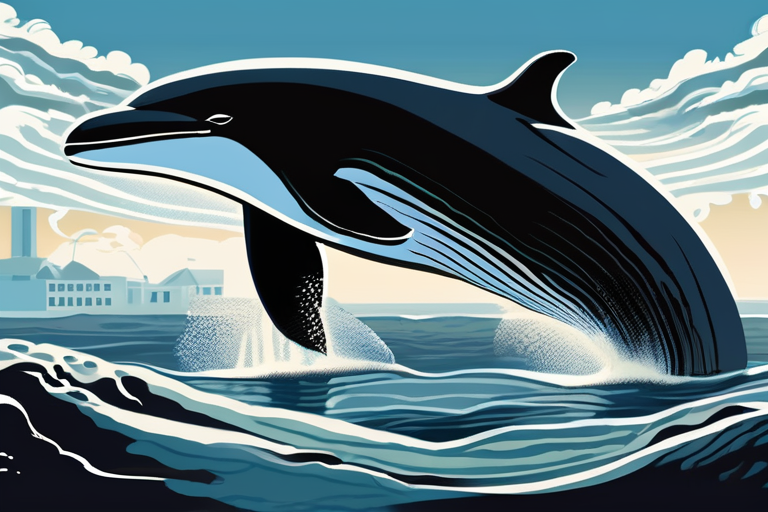According to a study published in a recent issue of a prominent scientific journal, researchers taught young loggerhead turtles to associate certain magnetic fields with feeding, prompting a distinctive dance when they recognized the signal. The study found that after a magnetic pulse briefly disrupted their ability to feel magnetic forces, the turtles no longer performed the dance. This crucial finding suggests that hatchlings rely on a touch-based magnetic sense to determine their location.
"We were amazed by the turtles' ability to learn and adapt to the magnetic fields," said Dr. Alayna Mackiewicz, lead researcher on the study. "The fact that they could associate certain magnetic fields with feeding and then use that information to navigate is truly remarkable." Dr. Mackiewicz and her team used a combination of behavioral experiments and magnetic field measurements to investigate the turtles' magnetic sense.
Loggerhead turtles are equipped with two different abilities for sensing the Earth's magnetic field, yet scientists had not determined which one they rely on to interpret the magnetic map they inherit at birth. The discovery clarifies how these animals find their way across vast ocean routes, a crucial aspect of their life cycle. The researchers' findings have significant implications for our understanding of animal navigation and the development of new technologies that can mimic or enhance these abilities.
The study's results also highlight the importance of continued research into the complex mechanisms of animal navigation. "This study is a major breakthrough in our understanding of how animals navigate, and it opens up new avenues for research into the development of more efficient and effective navigation systems," said Dr. John Taylor, a leading expert in animal navigation.
The researchers' findings have sparked interest in the scientific community and beyond, with many experts hailing the discovery as a significant step forward in our understanding of animal navigation. As the study continues to generate excitement and interest, scientists are eager to build on these findings and explore the full range of implications for our understanding of animal behavior and navigation.
The study's results have also raised questions about the potential applications of this research in fields such as conservation, marine biology, and even space exploration. As scientists continue to explore the complex mechanisms of animal navigation, we can expect to see new breakthroughs and innovations that will have far-reaching impacts on our understanding of the natural world and our place within it.



























Share & Engage Share
Share this article